-
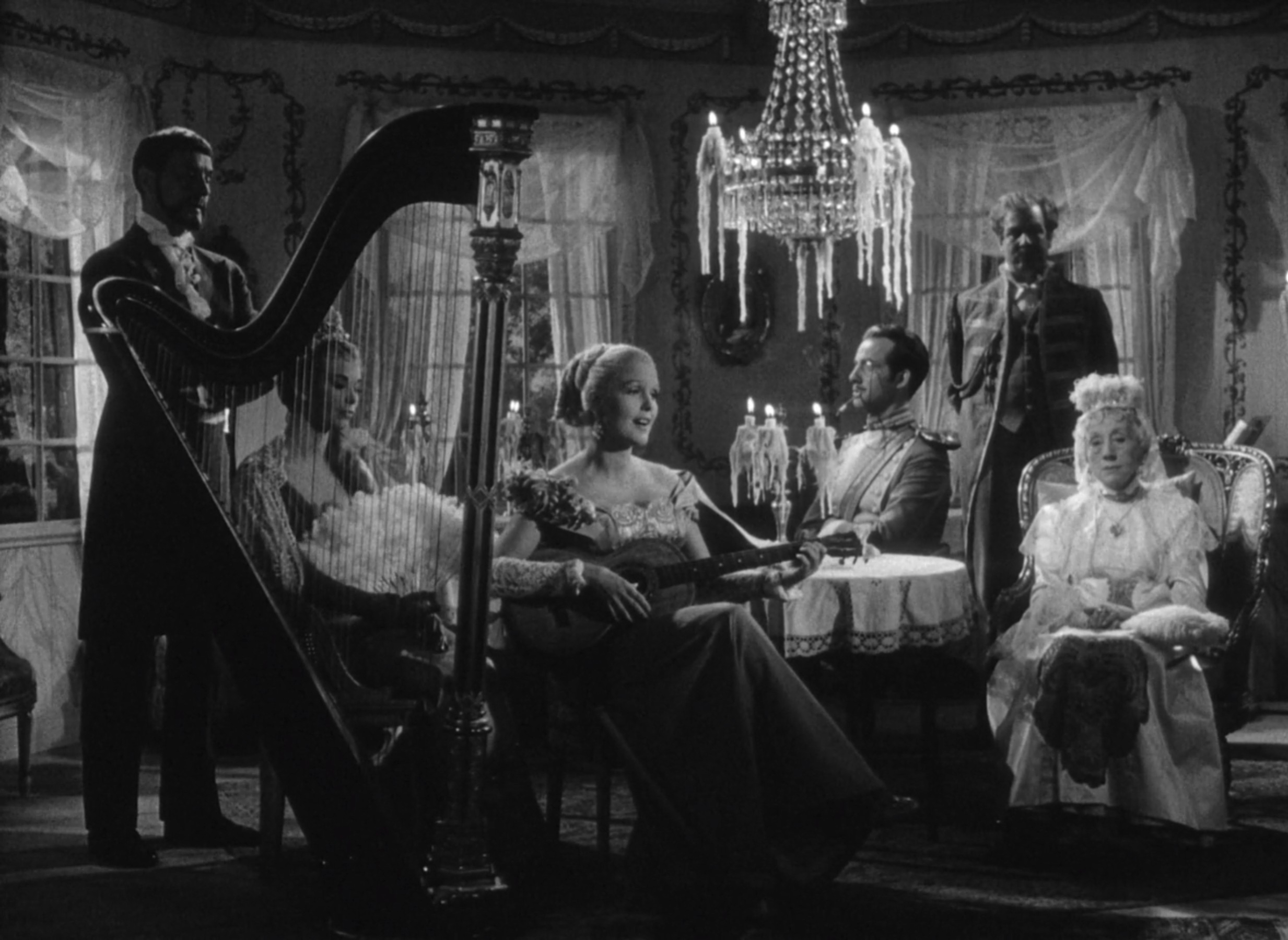
Smiles of a Summer Night (1955)
The complex web of betrayals, seductions, and alliances within the aristocratic ensemble of Smiles of a Summer Night is tantalising to watch for its sharp class satire, and yet Ingmar Bergman also buries a profound wisdom into his intoxicating chaos, deepening its joyful wonder with blessings for new beginnings and second chances.
-
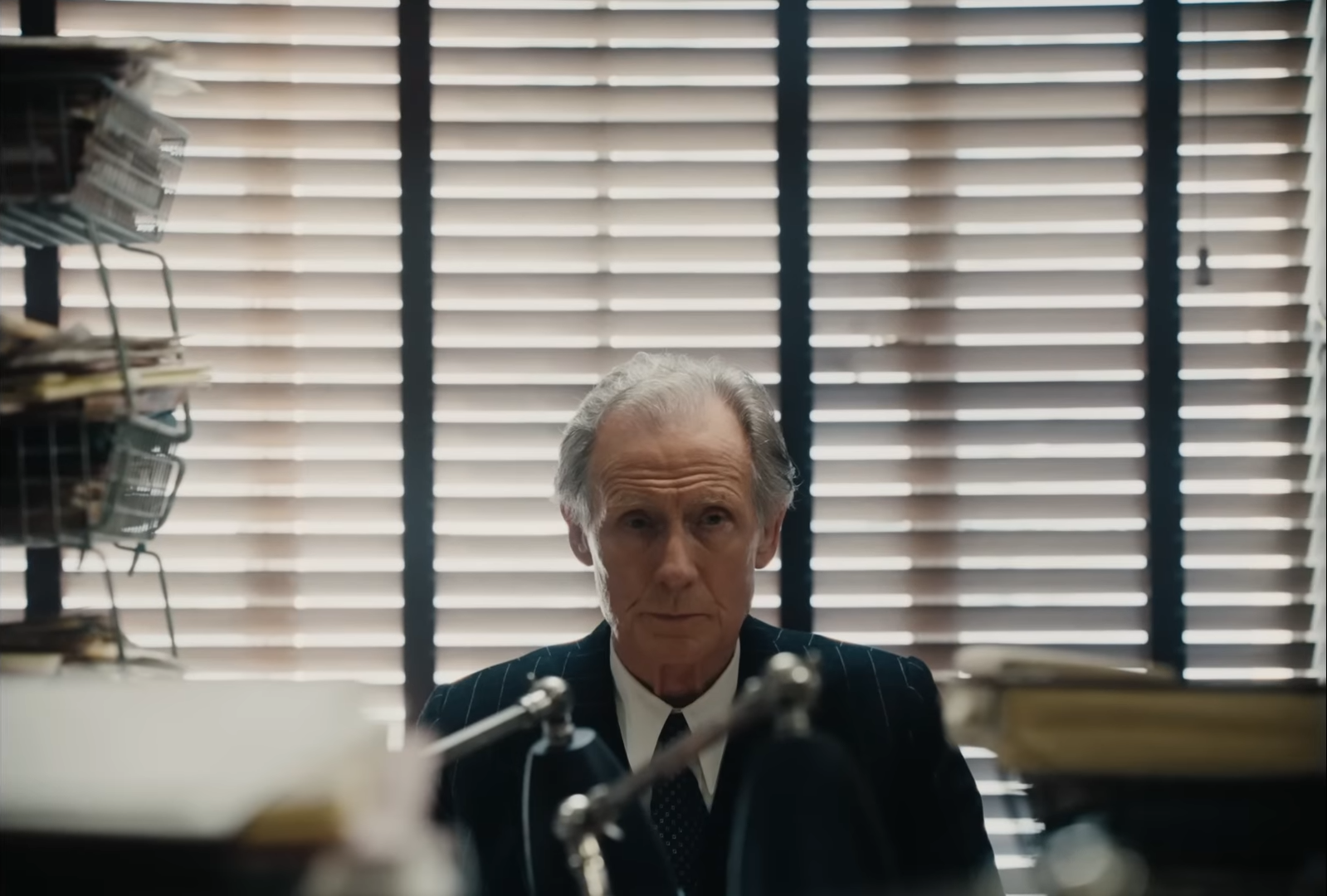
Living (2022)
Living’s cultural transplant of Akira Kurosawa’s deeply contemplative Ikiru may struggle with originality at times, but in shifting this mid-century tale of one dying man’s enlightenment from Japan to London, Olivier Hermanus still summons a revitalised freshness, imbuing it with a whole new context of soul-sucking social customs and spiritual inspiration.
-

Au Hasard Balthazar (1966)
There is grace in the contemplation spurred on by the Bible’s parables, and through Au Hasard Balthazar’s elliptical, iconographic narrative, Robert Bresson conjures a similarly pensive meditation on suffering, adopting the perspective of a donkey being passed between multiple owners and its passive observations of humanity.
-
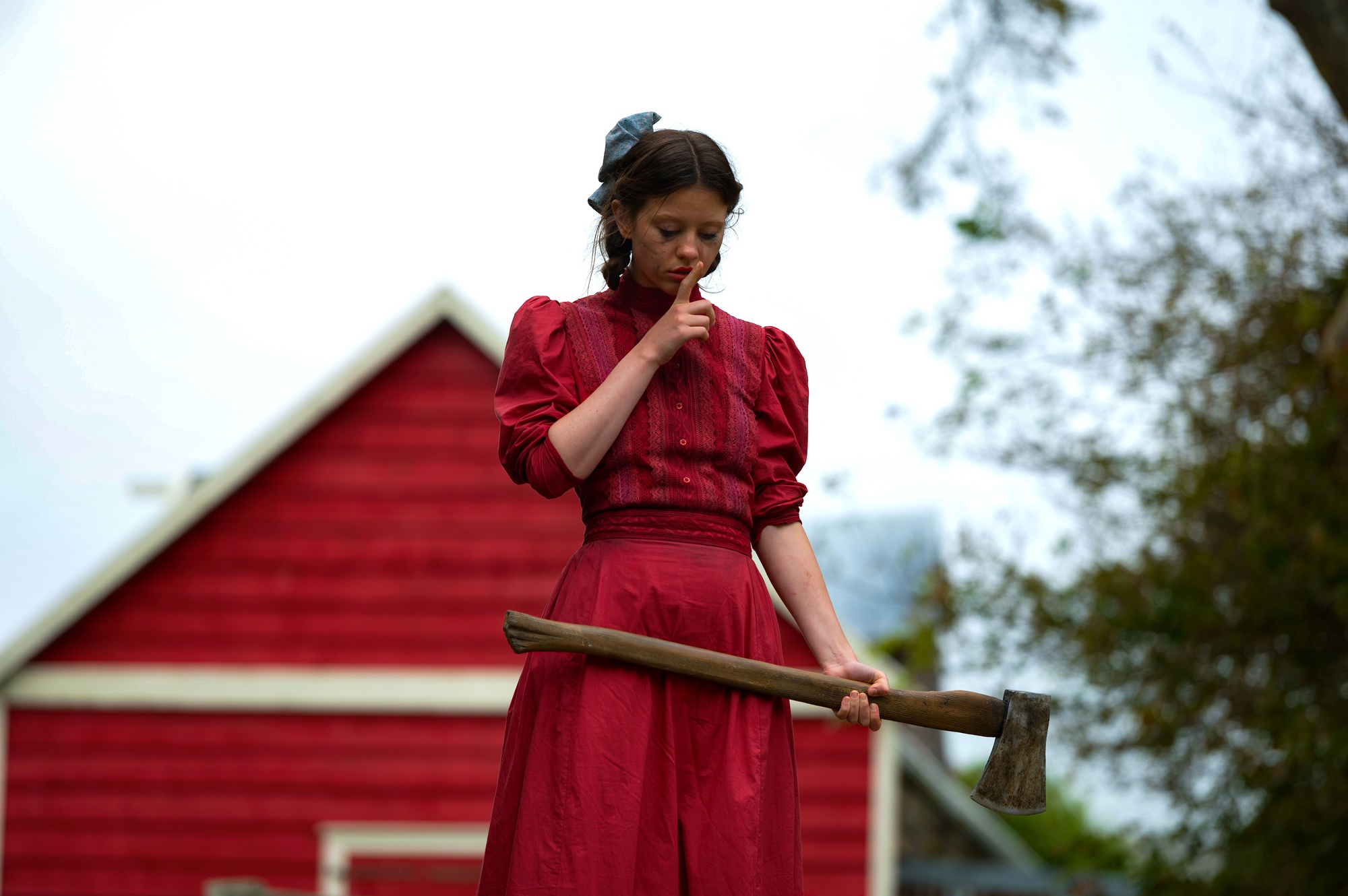
Pearl (2022)
Ti West’s horror prequel Pearl is just as much a warped product of the classical Hollywood dream machine as the aspiring actress, murderess, and housewife at its centre, relishing the superficial splendour of lush Technicolor stylings that only barely conceals an uglier, malevolent truth.
-
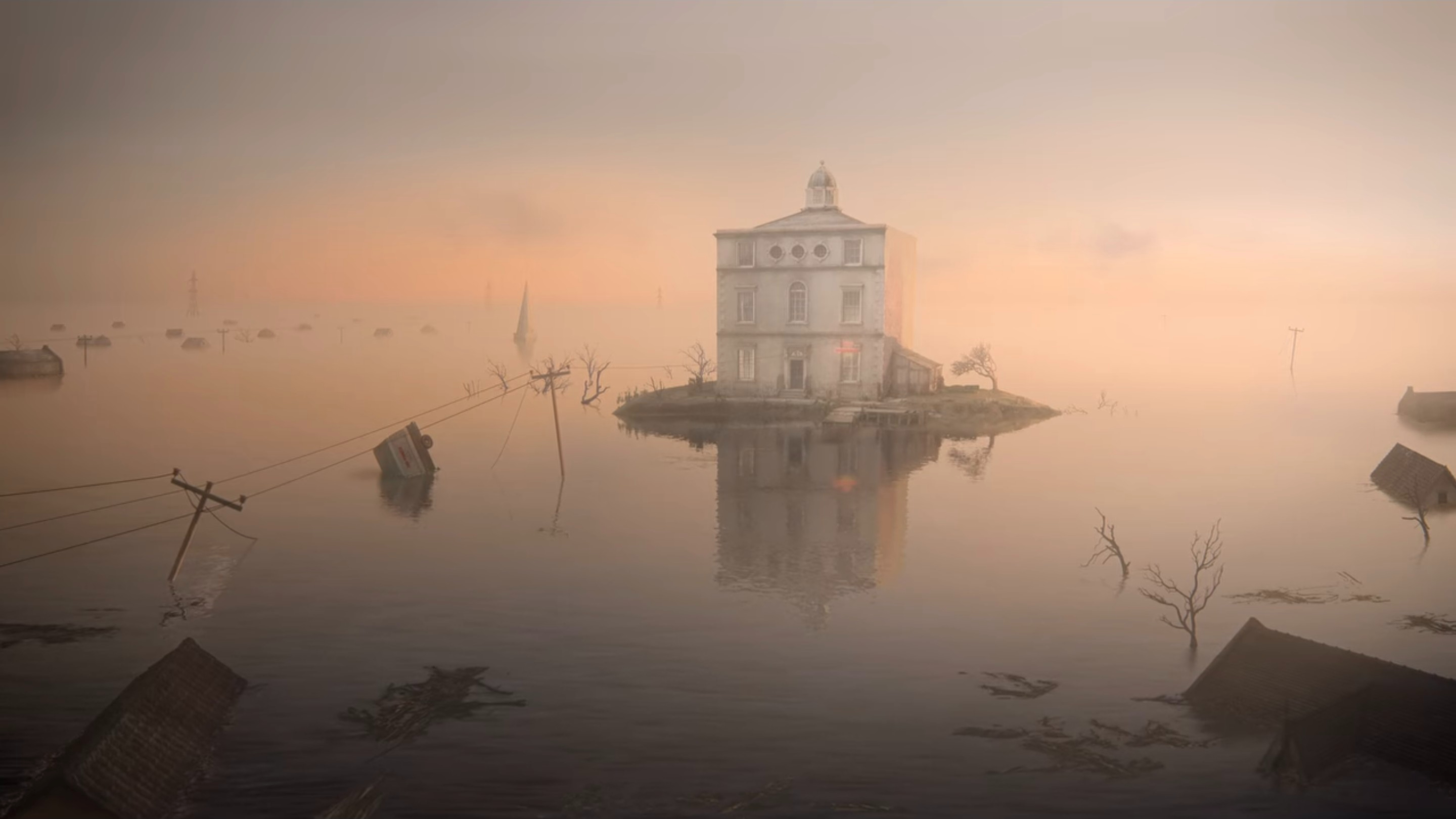
The House (2022)
Across three Kafkaesque fables set in the past, present, and apocalyptic future of a single residence, The House unfurls an allegory of whimsical existentialism, unnervingly studying humanity’s descent into material consumption, and delicately infusing its absurdism with the childlike innocence of stop-motion animation.
-

Wings (1927)
With his staggering aerial sequences and daring set pieces, William A. Wellman turns magnificent feats of engineering into vehicles for exhilarating storytelling in Wings, taking a birds-eye perspective of wartime conflicts and innovation that heightens both as displays of monumental human ambition.
-
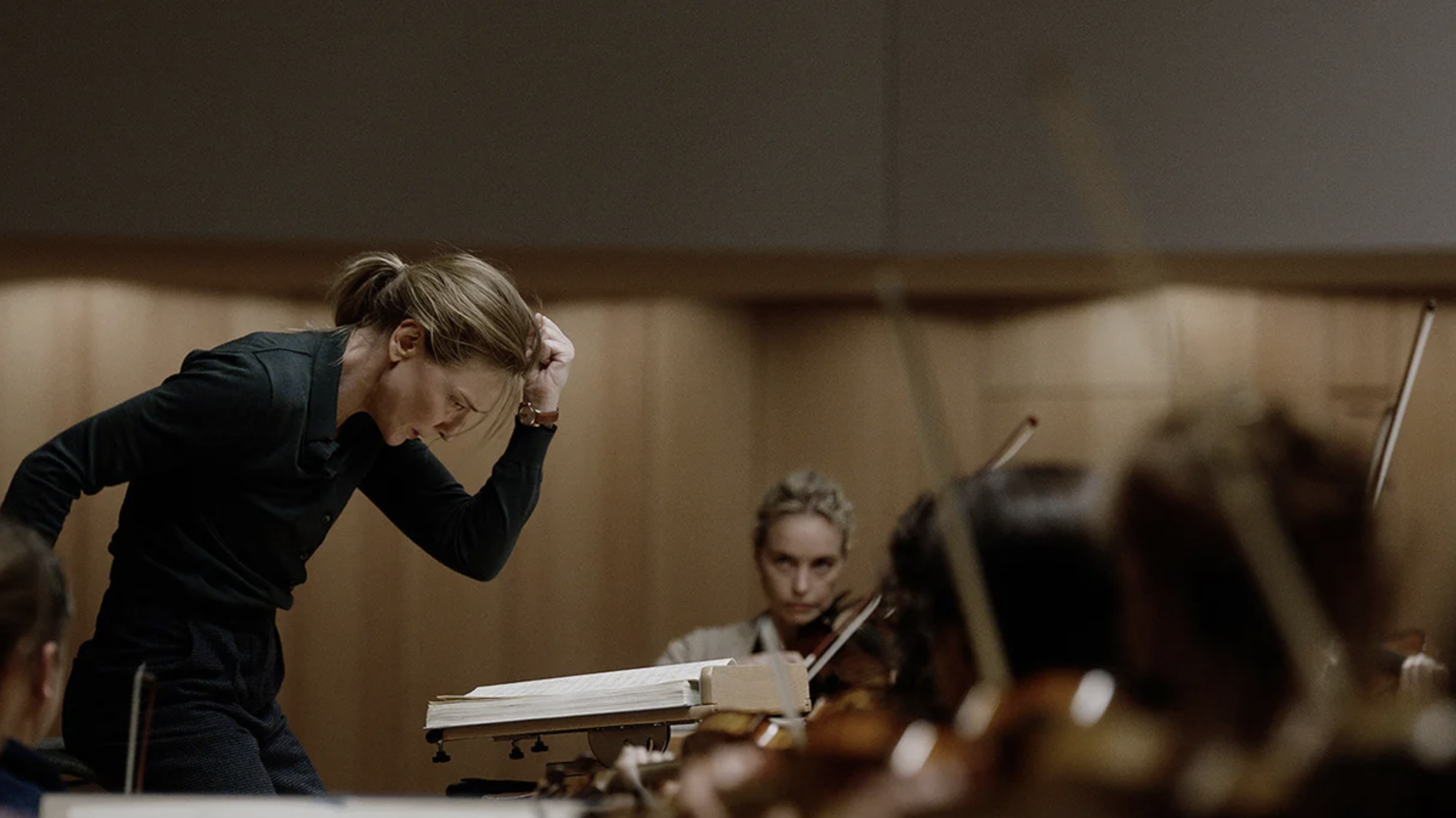
2022 in Cinema
The Daniels ponder the maximalist absurdity of all existence, Alejandro Iñárritu composes a surreal interrogation of artistic ego, and Cate Blanchett leads an exacting character study of elitism and exploitation.
-

X (2022)
Ti West doesn’t quite tread new ground in his grindhouse horror pastiche X, and yet he considers the religious puritanism and rebellious counterculture of 70s America with pulpy retrospection, examining the exploitation that runs deep in both and leaves older generations to wither away in violent, vengeful resentment.
-
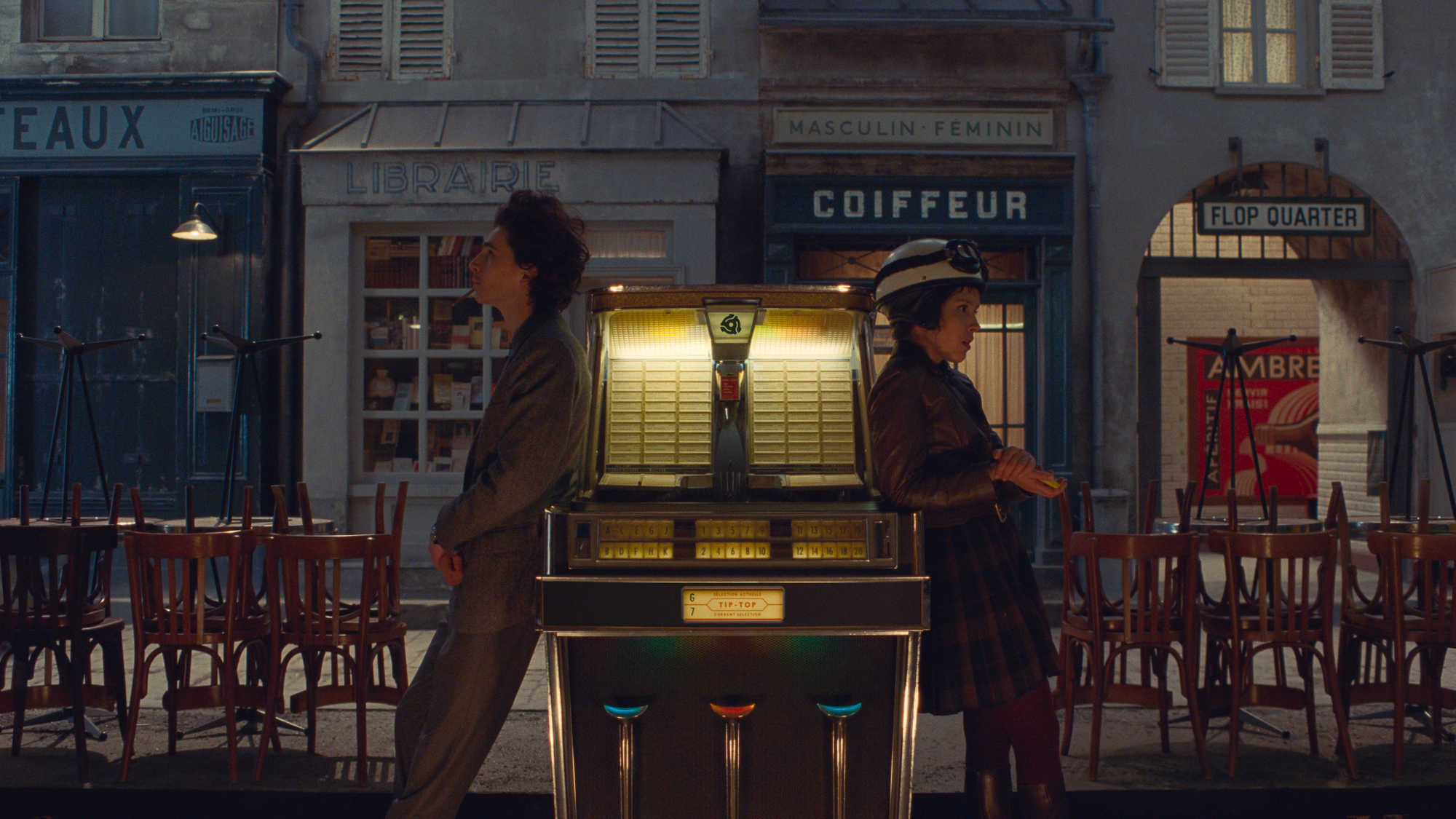
2021 in Cinema
Wes Anderson dedicates an enchanting piece of nostalgia to old-fashioned print journalists, Denis Villeneuve films an unfilmable science-fiction classic, and Jane Campion conducts a sensitive study of masculinity through the western genre.
-
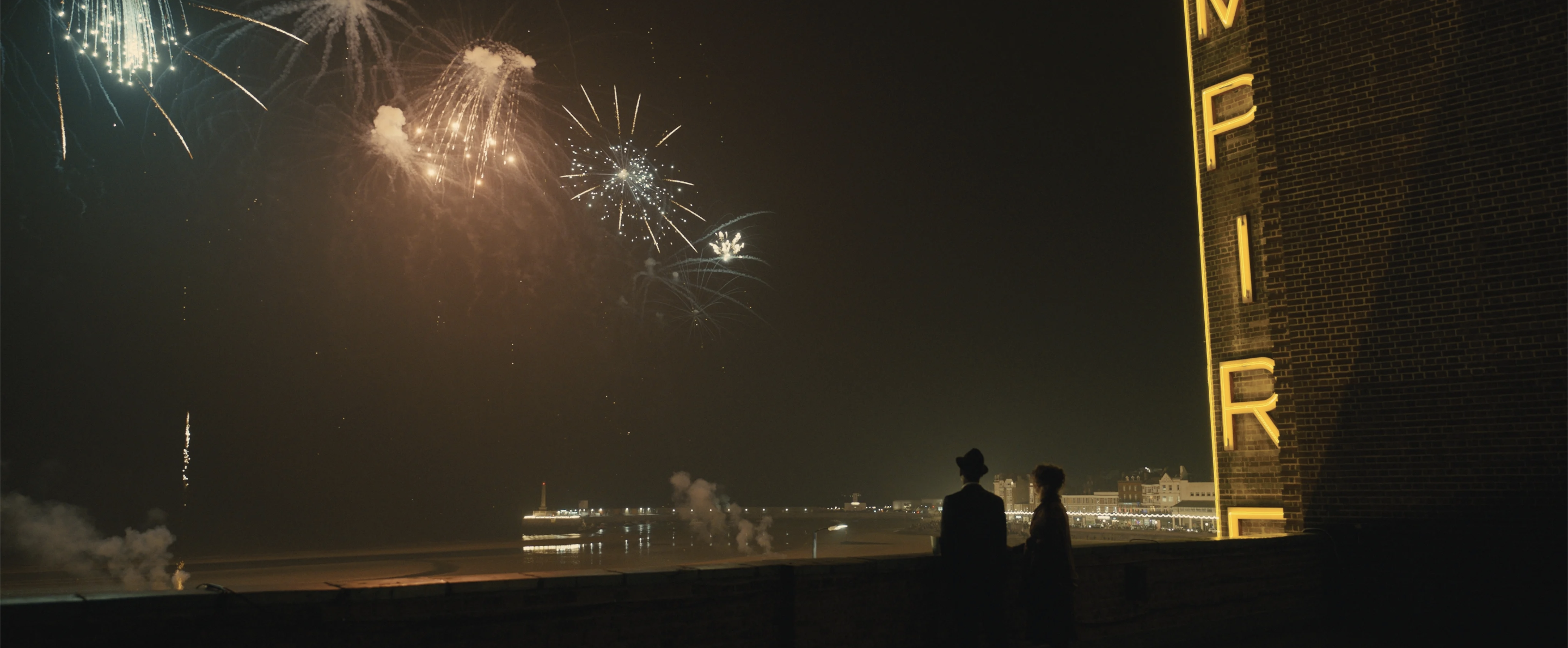
Empire of Light (2022)
There is a tragic, hidden beauty affectingly mirrored between Hilary’s passionless life and her once-glorious cinema in Empire of Light, and with Roger Deakins’ radiant photography at Sam Mendes’ disposal, both are united under a rose-tinted conviction of film’s raw, inspiring power.
-
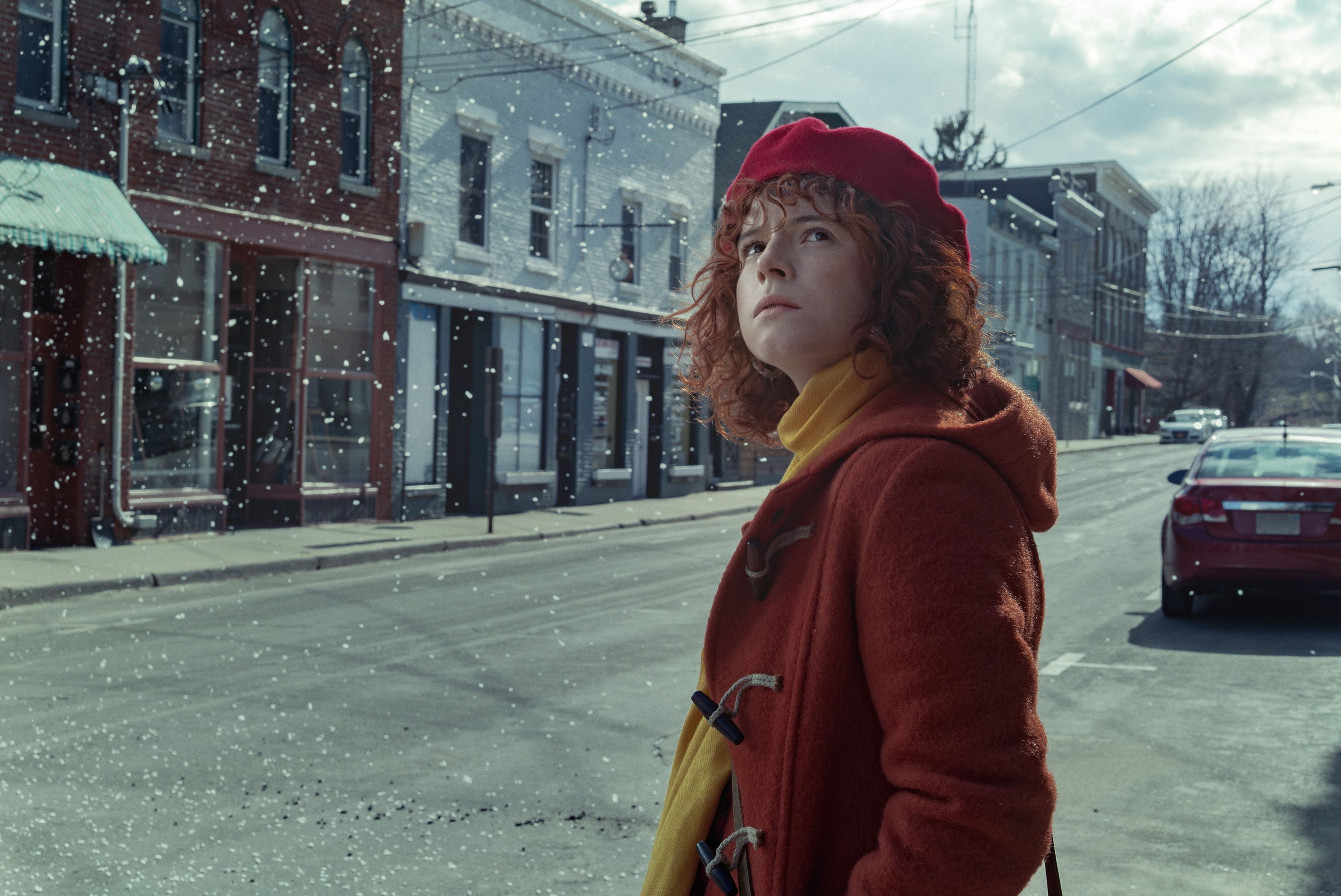
2020 in Cinema
Charlie Kaufman confounds viewers with his eerie study of depression, Steve McQueen unites several stories of Black empowerment in twentieth century London, and Emerald Fennell delivers a thrilling, feminist tale of vengeance.
-
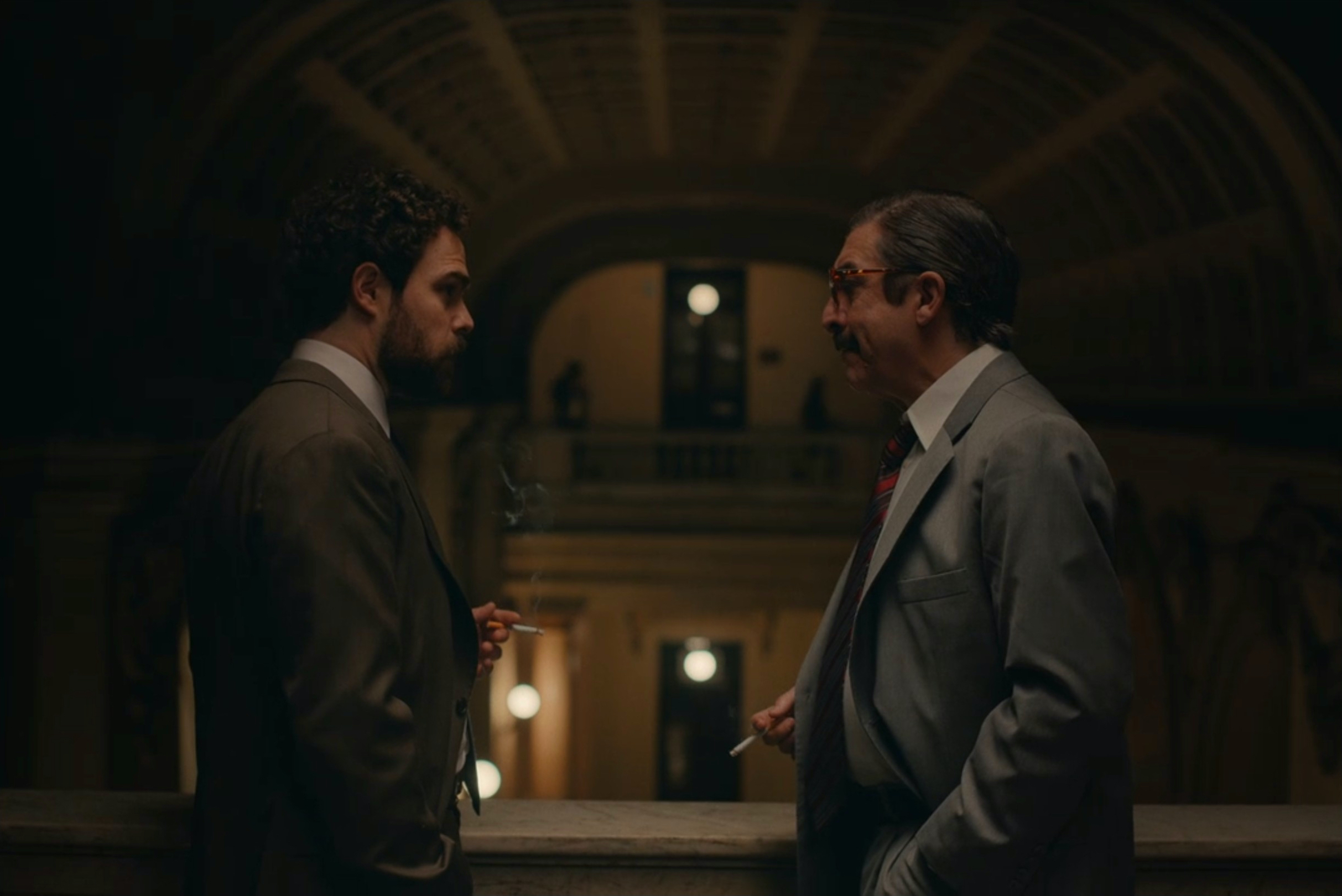
Argentina, 1985 (2022)
Argentina, 1985 takes creative liberties in dramatising the first legal conviction of a military dictatorship, but there is a sincerity baked into its performances and direction which offer its subjects a forthright compassion, reframing the nation’s political legacy as one of democratic victory over fascism.

